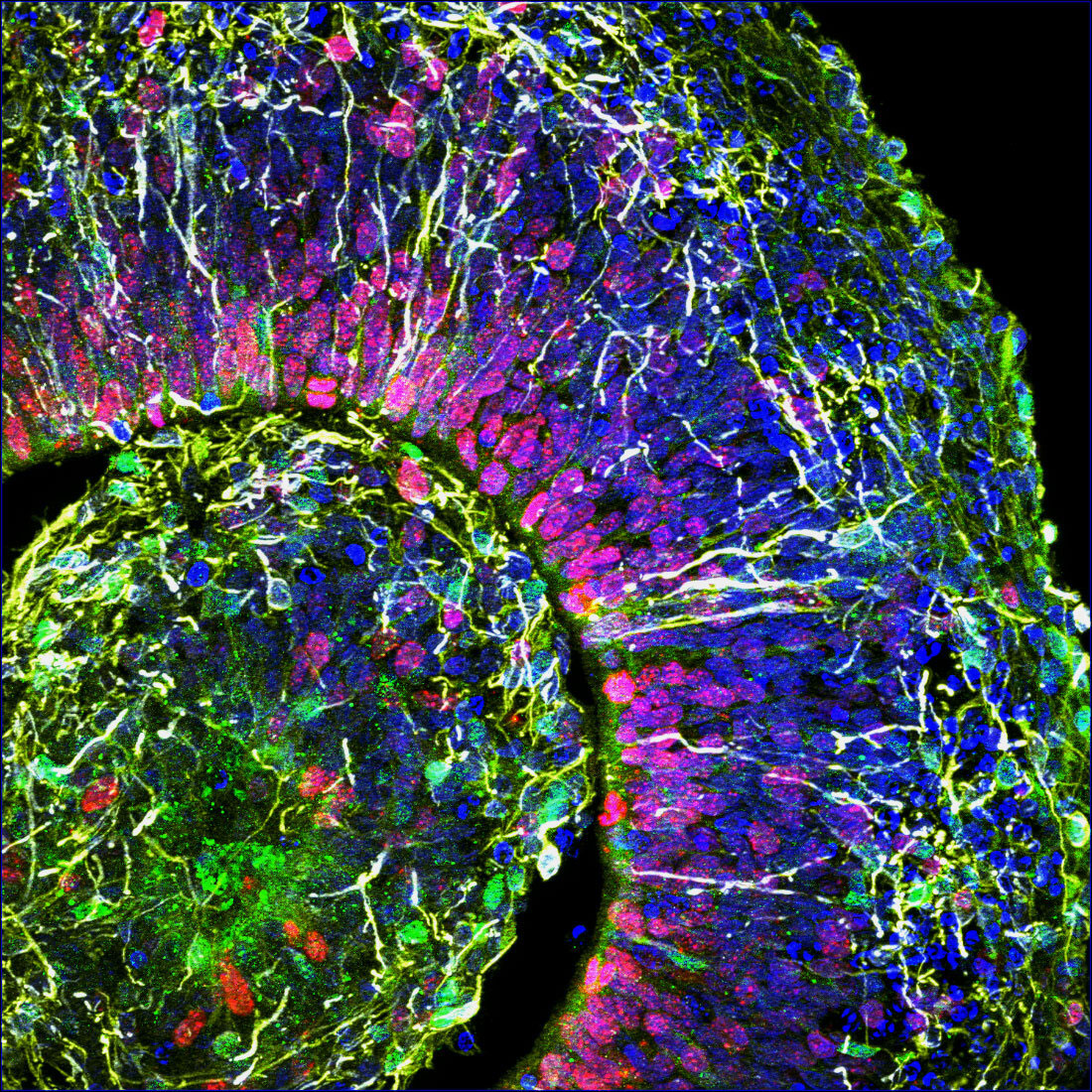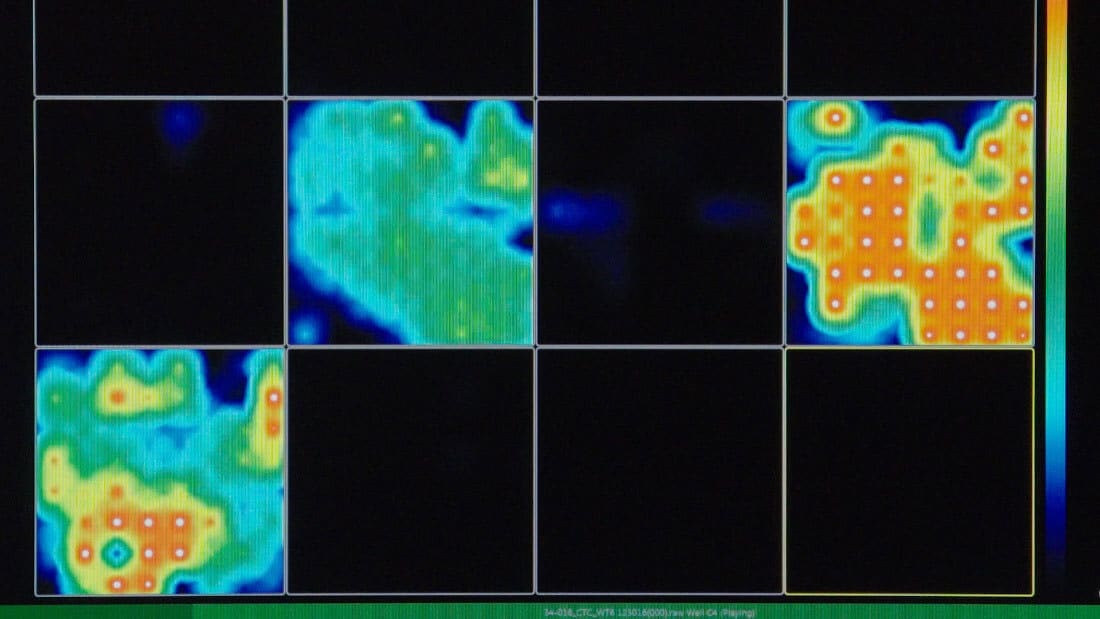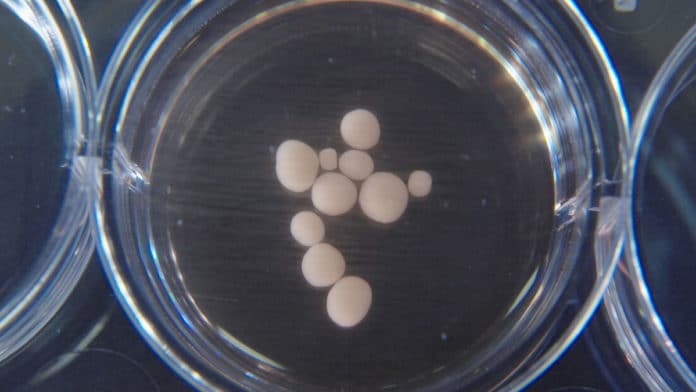Structural and transcriptional changes during early brain maturation pursue fixed developmental programs characterized by genetics. Be that as it may, regardless of whether this is true for functional network action stays obscure, basically because of inaccessibility of the initial phases of the living human brain.
Scientists have created miniature brains from stem cells that developed functional neural networks. Even if being a million times smaller than human brains, these lab-grown brains are the first observed while generating brain waves that look like those of preterm babies.
Scientists derived the cerebral organoids from human pluripotent stem cells and later put them in a culture that mimics the environment of brain health. Doing so differentiate stem cells in various kinds of brain cells and self-composed into a 3-D structure looking like the developing human brain.

Alysson Muotri, a biologist at the University of California, San Diego said, “You can use brain organoids for several things, including understanding normal human neurodevelopment, disease modeling, brain evolution, drug screening, and even to inform artificial intelligence.”
Scientists designed a superior process to grow stem cells, including optimizing the culture medium formula. These alterations permitted their organoids to turn out to be more developed than past models. Scientists grew many organoids for ten months and utilized multi-electrode arrays to monitor their neural exercises.
Scientists start detecting bursts of brain waves from organoids at about two months. The sign was sparse and had a similar frequency, a pattern seen in very immature human minds. As the organoids kept on developing, they created brain waves at various rates, and the sign showed up more regularly. This recommends the organoids have additionally built up their neural systems.
Scientists then compared the brain wave patterns of organoids with those of human brains early in development. For comparison purpose, scientists used the ML algorithm trained with brain waves recorded from 39 premature babies between six and nine-and-a-half months old.
The algorithm predicts the number of weeks the organoids have developed in culture, suggesting these organoids and human brain share a similar growth trajectory.

Muotri said, “However, it’s not likely these organoids have mental activities, such as consciousness. The organoid is still a very rudimentary model—we don’t have other brain parts and structures. So these brain waves might not have anything to do with activities in real brains.”
“It might be that in the future, we will get something close to the signals in the human brains that control behaviors, thoughts, or memory. But I don’t think we have any evidence right now to say we have any of those.”
Scientists are further planning to improve the organoids and use them to understand diseases associated with neural network malfunctionings, such as autism, epilepsy, and schizophrenia.
Muotri said, “As a scientist, I want to get closer and closer to the human brain. I want to do that because I see the good in it. I can help people with neurological conditions by giving them better treatments and better quality of life. But it’s up to us to decide where the limit is. It might be that the technology is not ready yet, or we don’t know how to control the technology. This is the same kind of discussion around CRISPR in babies, and that’s why we have ethics committees to represent all parts of the society.”
The study, published August 29 in the journal Cell Stem Cell, could help scientists better understand human brain development.
